In general, the common features and functions of the automation control module:
Control functions: Automation control modules typically have a wide range of control functions for monitoring and controlling different types of industrial processes. This includes parameter adjustment, speed control, position control, switch control, etc.
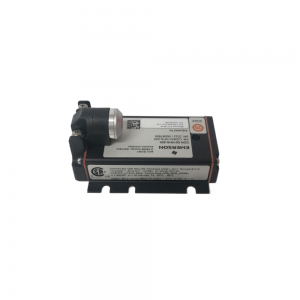
Input/output interfaces: The module typically has multiple input and output interfaces for connecting sensors, actuators, and other devices. These interfaces enable it to receive and send signals, and realize data exchange and control with external devices.
Communication capabilities: Automation control modules typically have communication capabilities that allow for data exchange and remote monitoring with other devices, control systems, or networks. These communication interfaces can be Ethernet, serial interfaces, etc.
This allows users to customize logical controls and functions according to their needs.
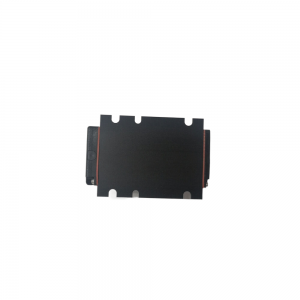
Reliability and stability: Automation control modules usually have high reliability and stability to adapt to long periods of operation in industrial environments. They are rigorously tested and validated to ensure their performance and reliability.
Support for multiple industry standards: The module is typically compliant with various industry standards and specifications to ensure compatibility and interoperability with other devices and systems.

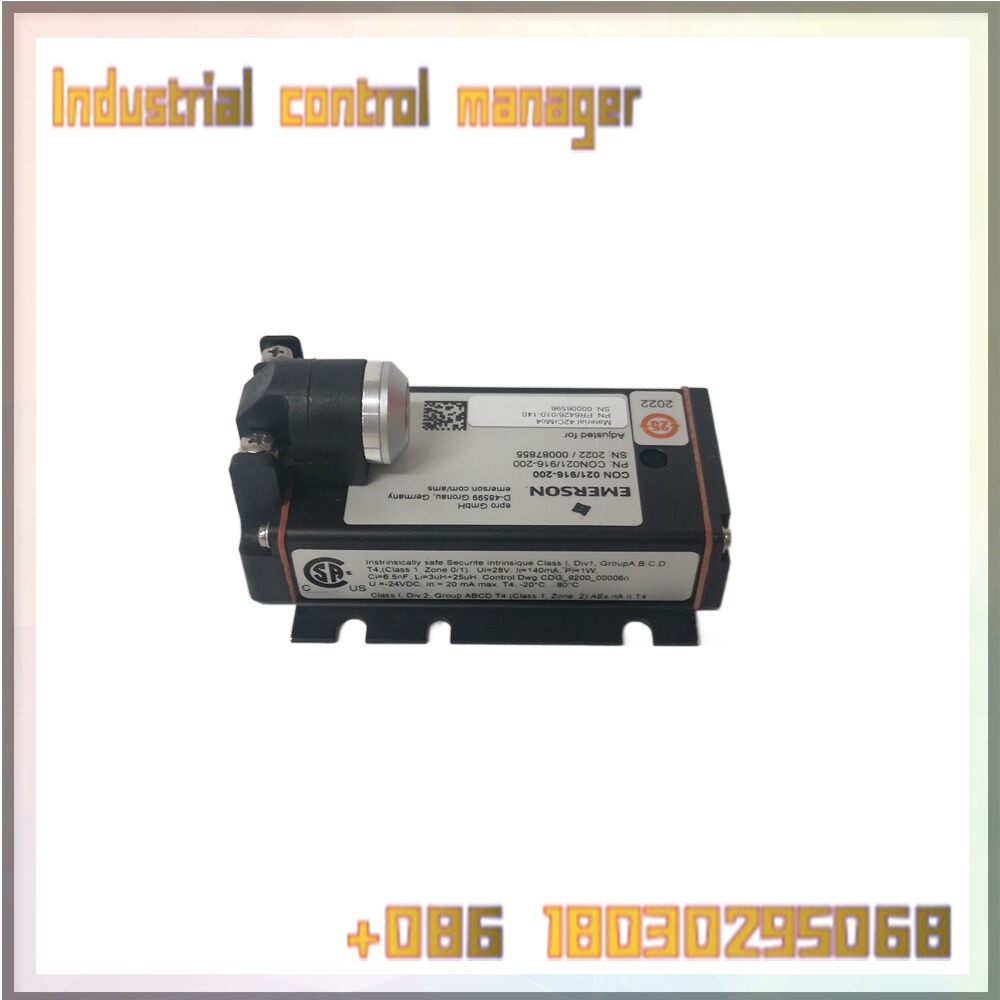
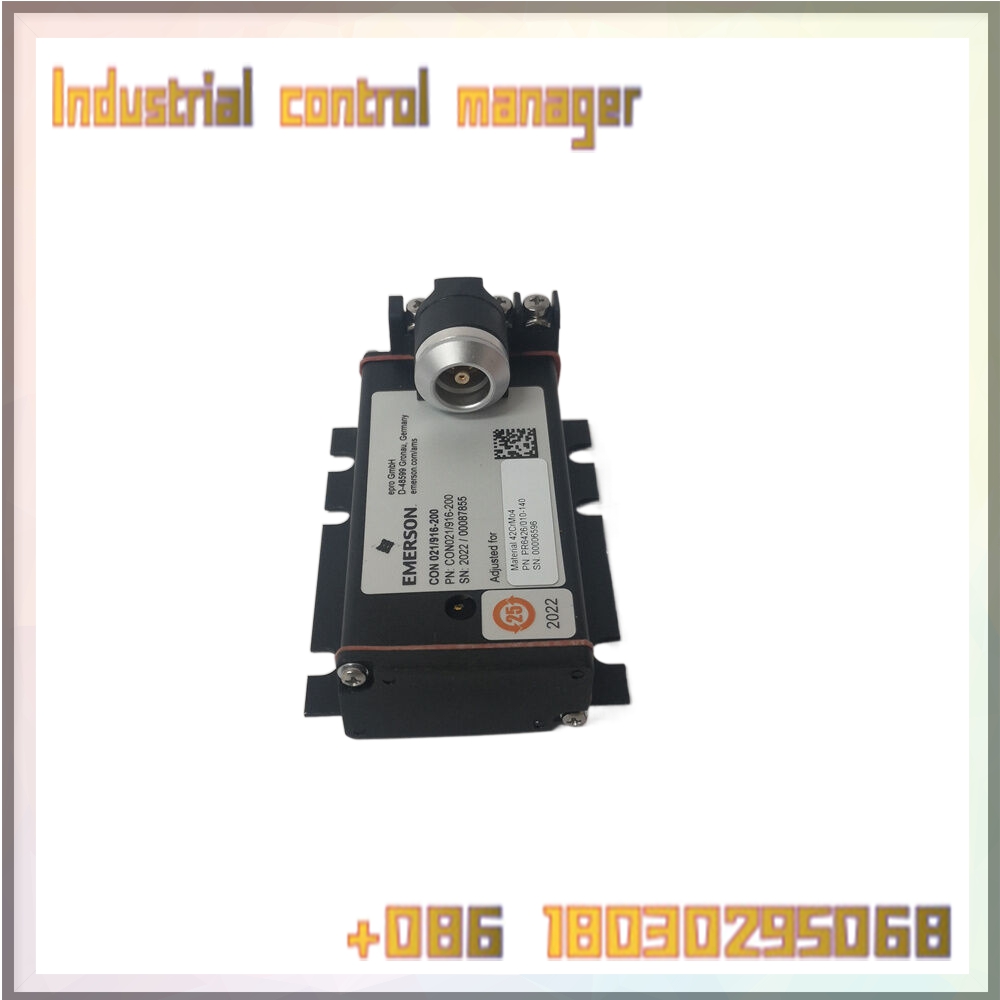
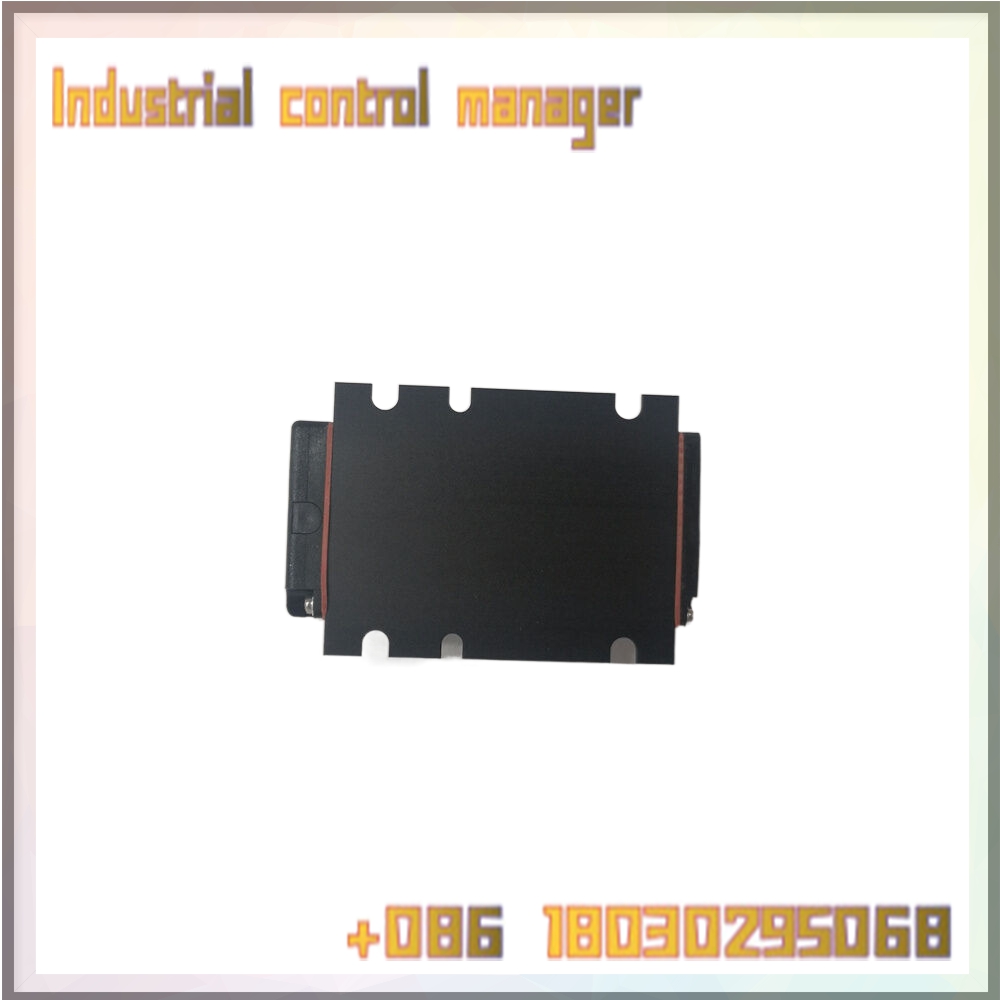
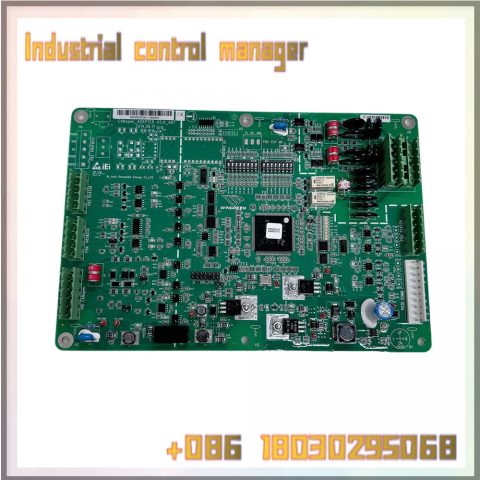
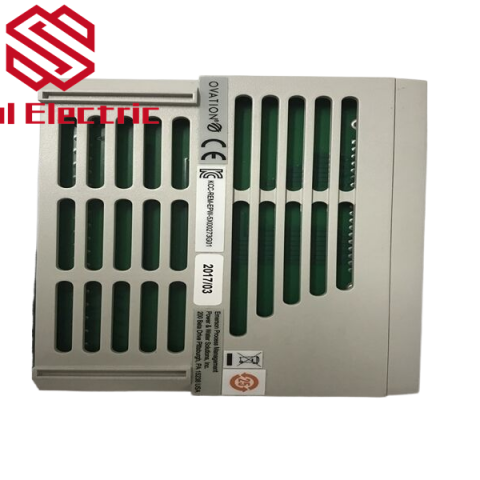
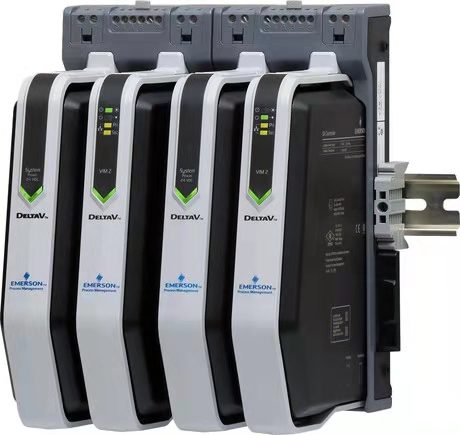
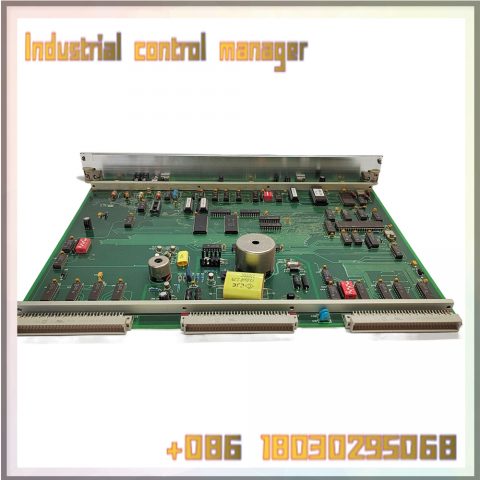
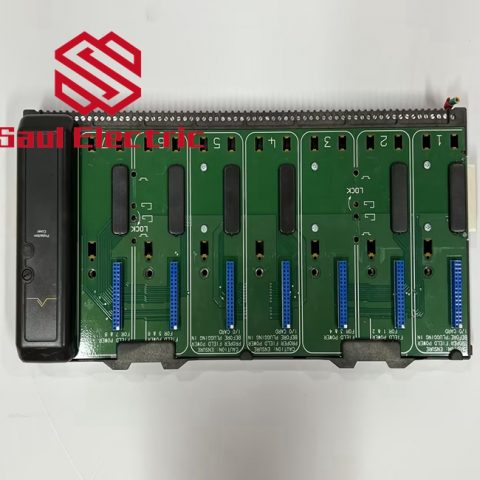
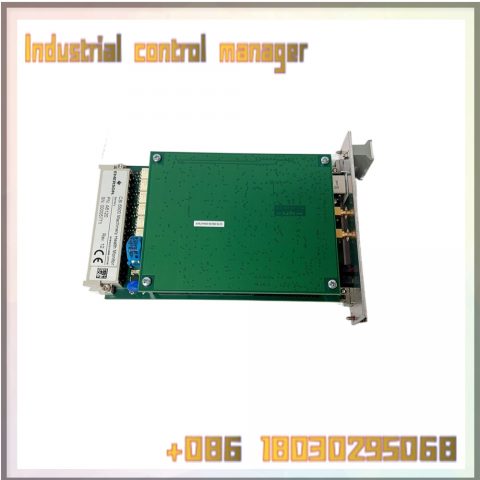
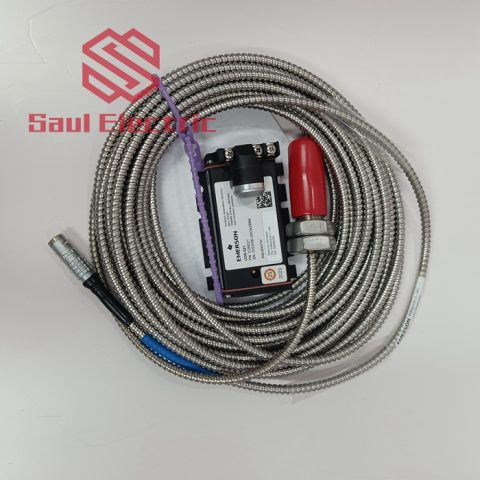
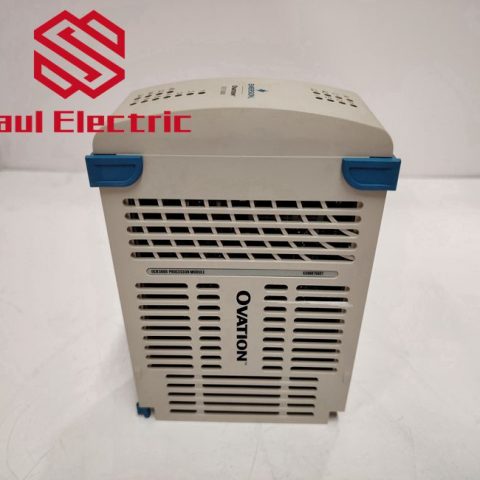
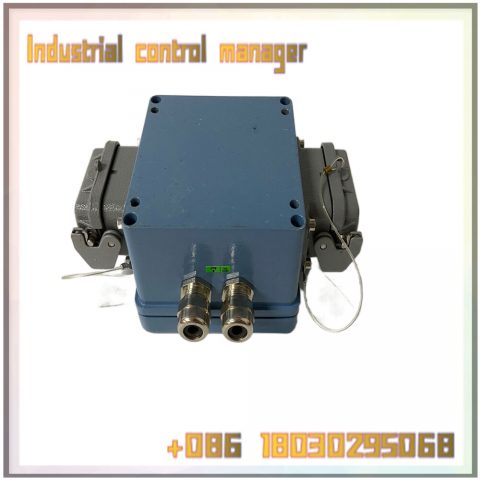
There are no reviews yet.